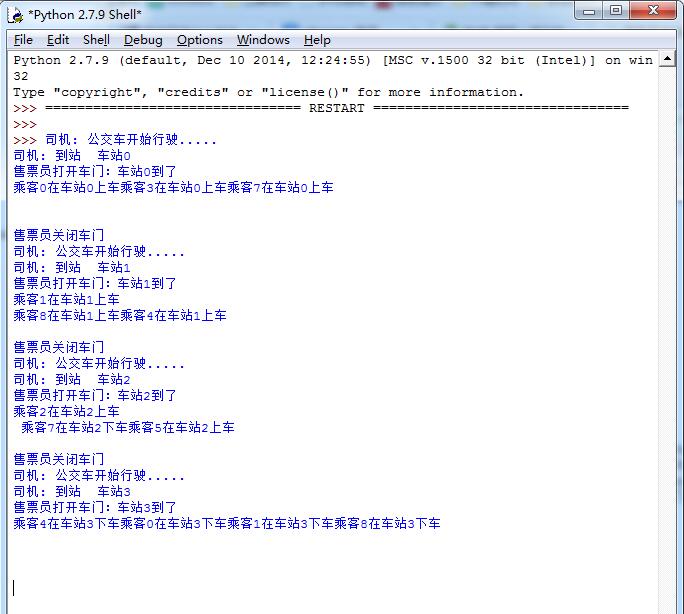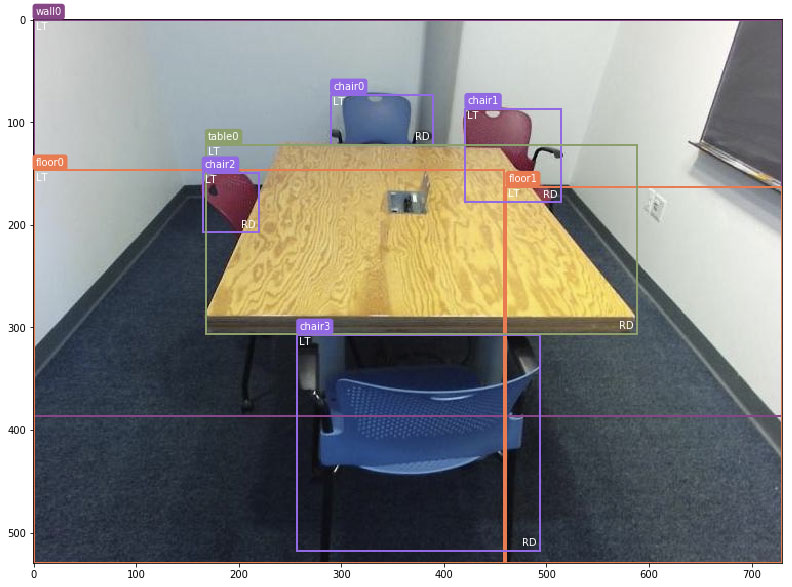tensorflow 打印内存中的变量方法
法一:
循环打印
模板
for (x, y) in zip(tf.global_variables(), sess.run(tf.global_variables())): print '\n', x, y
实例
# coding=utf-8
import tensorflow as tf
def func(in_put, layer_name, is_training=True):
with tf.variable_scope(layer_name, reuse=tf.AUTO_REUSE):
bn = tf.contrib.layers.batch_norm(inputs=in_put,
decay=0.9,
is_training=is_training,
updates_collections=None)
return bn
def main():
with tf.Graph().as_default():
# input_x
input_x = tf.placeholder(dtype=tf.float32, shape=[1, 4, 4, 1])
import numpy as np
i_p = np.random.uniform(low=0, high=255, size=[1, 4, 4, 1])
# outputs
output = func(input_x, 'my', is_training=True)
with tf.Session() as sess:
sess.run(tf.global_variables_initializer())
t = sess.run(output, feed_dict={input_x:i_p})
# 法一: 循环打印
for (x, y) in zip(tf.global_variables(), sess.run(tf.global_variables())):
print '\n', x, y
if __name__ == "__main__":
main()
2017-09-29 10:10:22.714213: I tensorflow/core/common_runtime/gpu/gpu_device.cc:1052] Creating TensorFlow device (/device:GPU:0) -> (device: 0, name: GeForce GTX 1070, pci bus id: 0000:01:00.0, compute capability: 6.1) <tf.Variable 'my/BatchNorm/beta:0' shape=(1,) dtype=float32_ref> [ 0.] <tf.Variable 'my/BatchNorm/moving_mean:0' shape=(1,) dtype=float32_ref> [ 13.46412563] <tf.Variable 'my/BatchNorm/moving_variance:0' shape=(1,) dtype=float32_ref> [ 452.62246704] Process finished with exit code 0
法二:
指定变量名打印
模板
print 'my/BatchNorm/beta:0', (sess.run('my/BatchNorm/beta:0'))
实例
# coding=utf-8
import tensorflow as tf
def func(in_put, layer_name, is_training=True):
with tf.variable_scope(layer_name, reuse=tf.AUTO_REUSE):
bn = tf.contrib.layers.batch_norm(inputs=in_put,
decay=0.9,
is_training=is_training,
updates_collections=None)
return bn
def main():
with tf.Graph().as_default():
# input_x
input_x = tf.placeholder(dtype=tf.float32, shape=[1, 4, 4, 1])
import numpy as np
i_p = np.random.uniform(low=0, high=255, size=[1, 4, 4, 1])
# outputs
output = func(input_x, 'my', is_training=True)
with tf.Session() as sess:
sess.run(tf.global_variables_initializer())
t = sess.run(output, feed_dict={input_x:i_p})
# 法二: 指定变量名打印
print 'my/BatchNorm/beta:0', (sess.run('my/BatchNorm/beta:0'))
print 'my/BatchNorm/moving_mean:0', (sess.run('my/BatchNorm/moving_mean:0'))
print 'my/BatchNorm/moving_variance:0', (sess.run('my/BatchNorm/moving_variance:0'))
if __name__ == "__main__":
main()
2017-09-29 10:12:41.374055: I tensorflow/core/common_runtime/gpu/gpu_device.cc:1052] Creating TensorFlow device (/device:GPU:0) -> (device: 0, name: GeForce GTX 1070, pci bus id: 0000:01:00.0, compute capability: 6.1) my/BatchNorm/beta:0 [ 0.] my/BatchNorm/moving_mean:0 [ 8.08649635] my/BatchNorm/moving_variance:0 [ 368.03442383] Process finished with exit code 0
以上这篇tensorflow 打印内存中的变量方法就是小编分享给大家的全部内容了,希望能给大家一个参考,也希望大家多多支持【听图阁-专注于Python设计】。


